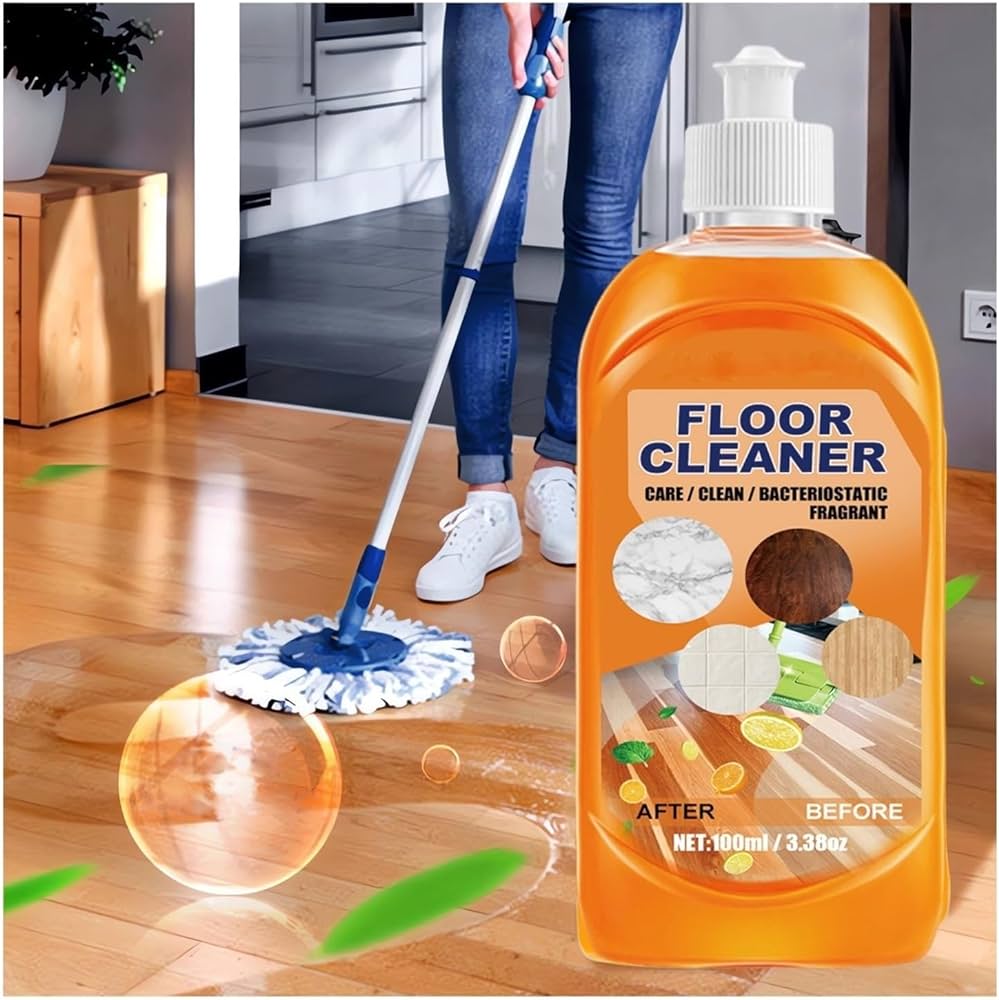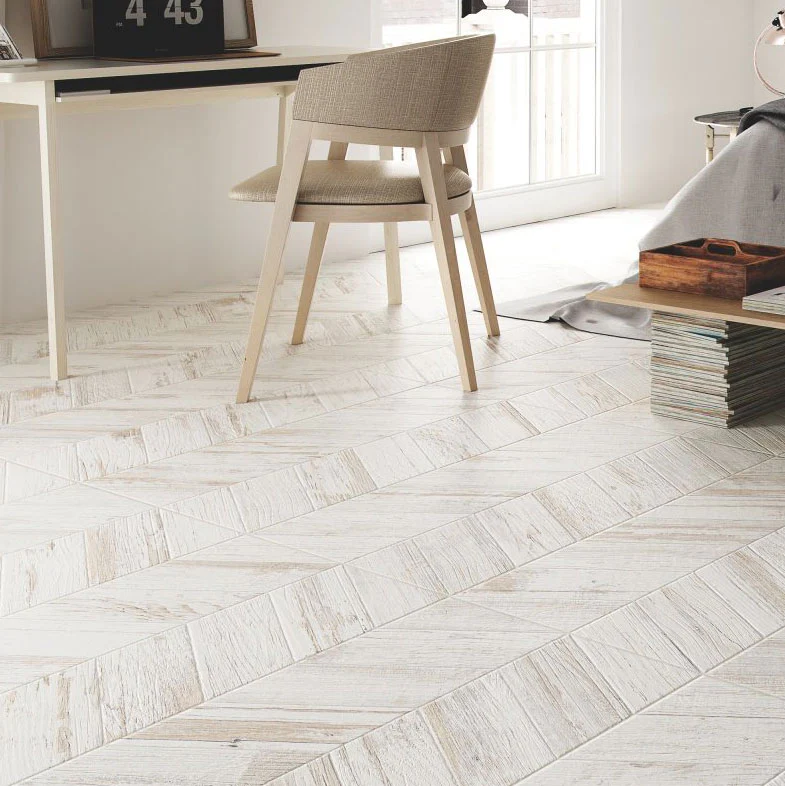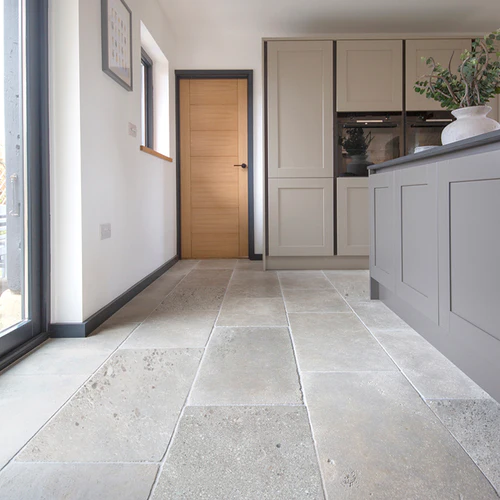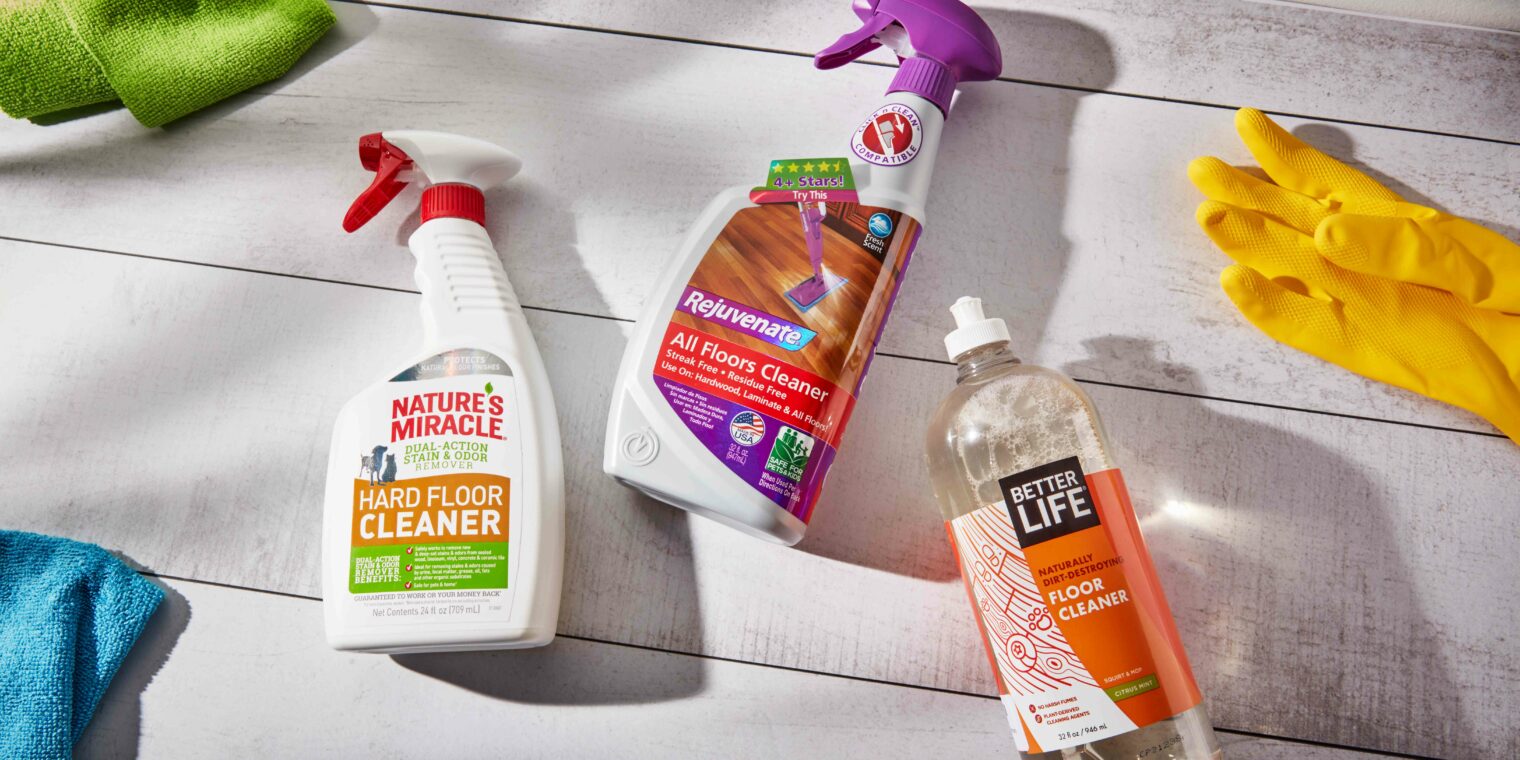Ensure the maintenance of your tile floors by employing a delicate touch and implementing a handful of intelligent cleaning methods that will preserve the pristine appearance of your tiles. Learn how to clean your floors the right way, today!
Your kitchen or bathroom cannot be considered completely clean unless you have thoroughly scrubbed the floors. It is not necessary to tackle this task every time you wipe down the countertops. By knowing the correct method to clean tile floors and being vigilant for signs of dirt or grime, you can prevent them from becoming excessively dirty.
If you notice a hazy film or dirty grout, it is a clear indication that your floors require more than just a quick sweep. When cleaning your tile floors, it is important to use the appropriate technique based on the type of tile you have, as the recommended cleaners and mops may vary depending on the material. This comprehensive guide provides instructions on how to effectively clean tile floors regardless of the material used.
Note:
Some contents in this article may contain external links. For more information, please refer to our
Privacy Policy

How to Clean Your Floors… Tiles, of All Types
The utilization of a cleaning product designed for an enamel surface on a stainless-steel refrigerator would not be appropriate. This principle also holds for tile maintenance. Although tile floors are highly resilient, each type of tile necessitates distinct care. Ceramic and porcelain floor tiles, for instance, are relatively easy to maintain, whereas coarse tiles like limestone, slate, marble, or granite demand personalized care and often require specific cleaning agents.

How to Clean Your Floors Made of Ceramic and Porcelain
Ceramic and porcelain materials possess remarkable durability, and by adhering to a handful of straightforward cleaning suggestions, one can effortlessly maintain the pristine appearance of tile floors composed of these substances. Employ the following uncomplicated procedure to effectively clean ceramic and porcelain tile floors, for effective floor maintenance:
- Clean up: Regularly sweep or vacuum your tile floors to remove loose debris and prevent them from losing their shine. While ceramic tiles are generally resistant to dirt, the presence of sand and grit can cause the glazed surfaces to become dull.
- Using the right mop: Clean the tile using a gentle detergent and fresh water, utilizing a rag or a mop of the chamois variety, which can be purchased for a fairly low price at Home Depot. It is advisable to avoid using a sponge mop as it tends to push dirty water into the grout lines, thereby making the cleaning process more challenging.
- Keep an eye out for stains: If you come across any discoloration, begin by identifying the root cause of it. Subsequently, employ a suitable cleaning agent that targets the specific stain, ensuring optimal cleaning results.
- Residue from soap: If your tiles appear cloudy after being cleaned, you may be facing the issue of soapy residue. Eliminate this film by using a nonabrasive all-purpose cleaner, which can be purchased for $6 at Walmart. Alternatively, you can attempt using a homemade cleaner containing a mild acid, such as fresh lemon juice, on ceramic or porcelain tiles. However, it is important to note that this should never be used on stone tiles.
- Drying: Ensure that you do not allow your glazed tile floors to air dry, as the stagnant water will result in the formation of unsightly water spots. Instead, promptly attend to this issue by thoroughly drying the floor using a pristine, lint-free cloth after washing.

How to Clean Tile Floors Made of Stone
Take caution when handling natural stone tiles such as slate, granite, or marble. The use of conventional cleaning agents containing harsh chemicals can potentially harm the delicate surface of these materials. Instead, it is advisable to clean your floors with cleaners specifically designed to clean tile floors made with natural stone.
- Slate Tile: You can also utilize a gentle detergent on slate tiles, provided it lacks acidic components such as lemon or vinegar. In case your slate tile has a coating, prevent water spots by promptly drying the tile using a soft towel.
- Marble Tile: Marble tile is renowned for its exquisite appearance, yet it requires diligent upkeep. It is crucial to refrain from using any cleaning agents that possess an acidic pH level when maintaining marble tile. The utilization of cleaners containing lemon or vinegar should be avoided, as they have the potential to corrode the surface of the tile. Additionally, it is advisable to steer clear of any objects that may cause scratches on the marble, including brushes with coarse bristles or abrasive powders.
- Granite Tile: Similar to slate and marble, it is recommended to use a gentle pH-neutral detergent for cleaning granite tiles. Using a harsh cleaner can potentially result in streaks or discoloration on the tile. Additionally, to maintain a shiny and clean appearance, you may consider buffing a polished granite floor.
How to Clean Resilient Tile Floors
Resilient tile, which comprises linoleum, vinyl, cork, and rubber, presents an excellent choice if you desire a surface that is gentle on the feet and requires minimal upkeep. Remember these guidelines when it comes to maintaining tile floors crafted from resilient materials:
- Vinyl Tile: This highly durable flooring option is also simple to upkeep. Clear away any debris by sweeping or vacuuming, and then mop using a vinyl cleaning solution or a mixture of water and vinegar. It is important to avoid using any abrasive cleaners or scrubbing tools on vinyl, as they can potentially cause scratches on the surface.
- Linoleum Tile: Despite its frequent confusion with vinyl flooring, linoleum is a distinct material that necessitates specific cleaning methods. Begin by sweeping or vacuuming the area, then proceed to cleanse the linoleum tile using a linoleum flooring cleaning solution or borax detergent mixed with water. Thoroughly rinse the floor and allow it to dry completely. To safeguard your linoleum floors, periodically apply a layer of wax or liquid wax and polish it to achieve a lustrous finish every 3 to 6 months.
- Cork Tile: The method for cleaning cork tile floors depends on the type of finish they have. If your cork surface is coated with polyurethane (which is the case for most cork floors), you can use water and a mild detergent or white vinegar to clean it. Make sure to rinse it thoroughly afterward. However, if the cork is unfinished or waxed, you should follow the cleaning instructions for polyurethane and then apply either solid or liquid wax once the tile is completely dry.
How Often to Clean Your Floors
We recommend a regular dry and wet cleaning schedule to keep your tile looking clean and residue-free when you clean your floors.
- Dry Clean: It is recommended to vacuum or sweep your tile floor at least once a week or whenever you notice visible debris. A soft-bristle vacuum attachment can be used for this purpose, regardless of the type of tile floor. However, it may be challenging to maneuver the attachment into corners or tight spaces. To complete the cleaning process, utilize a hand broom and dustpan.
- Wet Clean: It is recommended to schedule mopping for your kitchen tile floor every two weeks, while your bathroom tile floor should be mopped once a week due to the tendency of germs to accumulate in bathrooms. Additionally, it is advisable to allocate some time for spot-cleaning the grout every few months or whenever it appears dull.
Frequently Asked Questions
1. What are some pH-neutral cleaning options?
Dish soap is the most suitable choice for a pH-neutral cleaner, with a rating of 7. Baking soda, on the other hand, falls slightly on the alkaline side of the scale with a pH of 8, while acidic cleaners such as vinegar or lemon juice have a pH level of 3.
2. How can I tell what type of tile floor I have?
Porcelain tiles possess a sleek texture accompanied by a refined, fine-grained surface. On the other hand, ceramic tiles exhibit a rougher and coarser texture. To determine if a tile is glazed, inspect the underside of an uninstalled piece. If the sides of the tile are visible and display a color other than white, red, or tan, it is undoubtedly porcelain, as the color permeates the entire piece. Conversely, if a tile absorbs water and undergoes a darkening effect, it is most likely composed of stone or terra-cotta.
3. Why does my tile floor still look dirty after cleaning?
The reason why the tiles appear dirty is most likely due to the use of insufficiently clean water during the floor cleaning process. It is important to change the water in your bucket regularly in order to effectively clean the floors.
For further assistance on how to clean your floors, or general questions regarding flooring, our team of flooring experts is readily available to address your inquiries and provide tailored recommendations to meet your specific requirements. Give a call at 623-305-4390 or click here.
Share This Article

